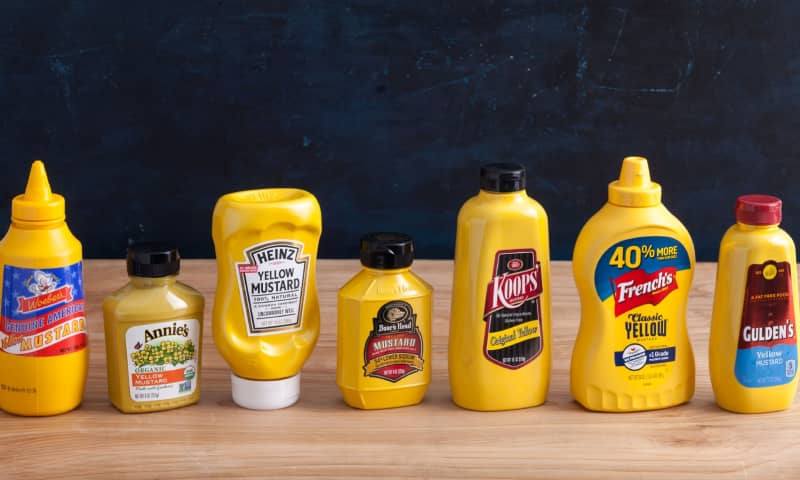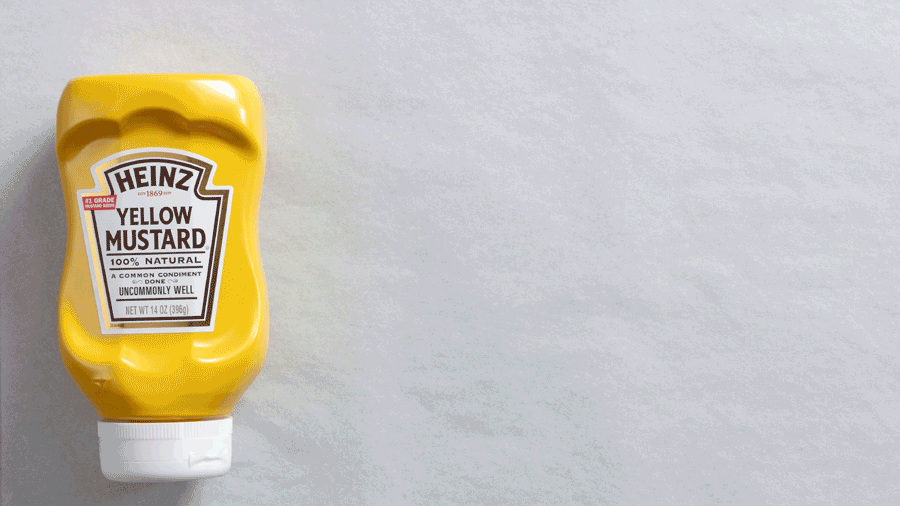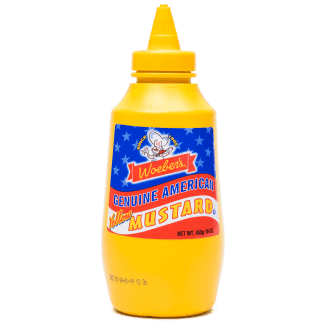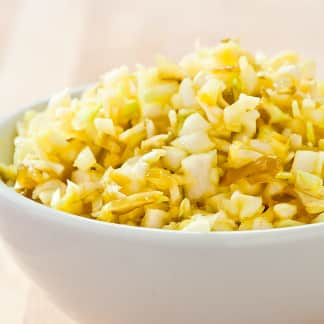In the condiment world, yellow mustard is often considered the Robin to ketchup’s Batman, relegated to a supporting role on burgers and hot dogs. But it’s much more than a sidekick. Yellow mustard’s pungency and relatively low spice level make it highly versatile, ideal for adding tang and flavor to a variety of foods, including hot dogs, potato salad, barbecue sauce, marinades, salad dressings, and more.
When we heard that our favorite yellow mustard from our last tasting had been reformulated, we decided to retest. We selected seven top-selling, nationally available products, priced from $1.30 to $5.95 per bottle ($0.08 to $0.44 per ounce). One product, from Boar’s Head, was a low-sodium mustard; we included it since it was the brand’s only yellow mustard offering. We tasted each mustard plain and on pigs in a blanket, noticing an array of textures—some were foamy, others creamy—and flavors, from bold and pickle-y to delicately sweet and tangy.
















